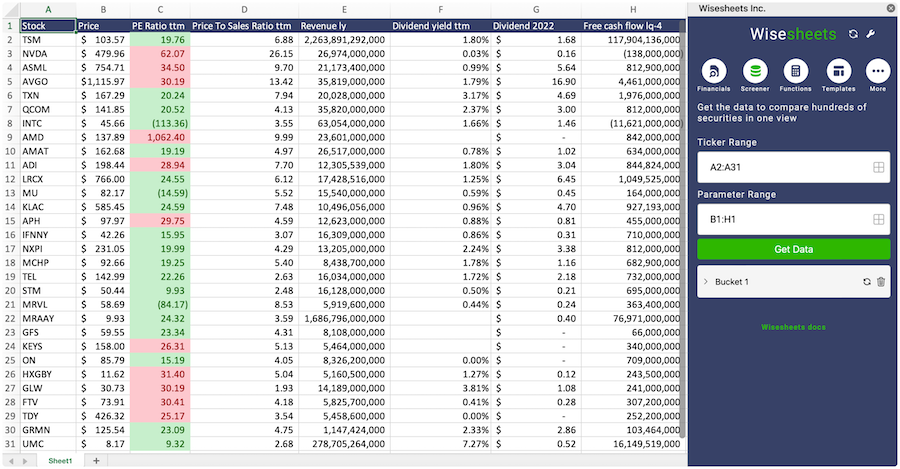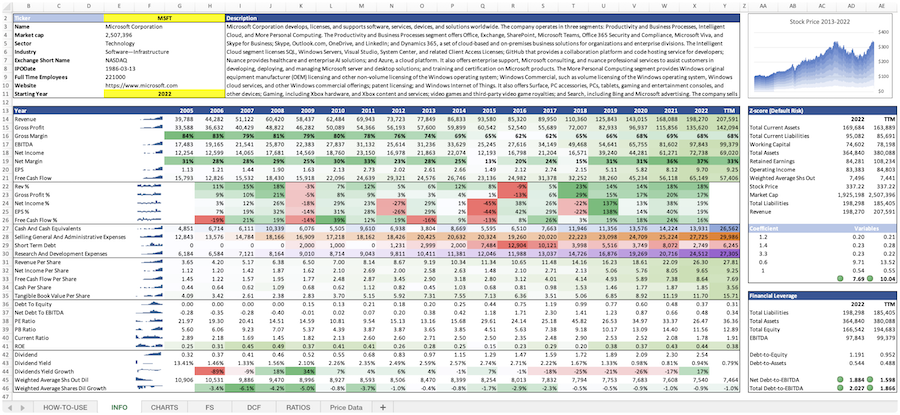Kansai Nerolac Paints Limited
KANSAINER.BO
Price:
$222.75
Market Cap:
$180.28B
Kansai Nerolac Paints Limited manufactures and supplies paints and varnishes, enamels, and lacquers in India. The company provides interior and exterior wall paints, wood coatings, metal enamel paints, and ancillary paints, as well as adhesives and waterproofing products; and automotive and powder coatings, performance coatings liquid, auto refinish, primers, wood finishes, and construction chemicals. It also offers disinfectant, hand sanitizers, and multi surface protective sheets. The company was formerly known as Goodlass Nerolac Paints Limited and changed its name to Kansai Nerolac Paints Limited in April 2006. The company was incorporated in 1920 and is based in Mumbai, India. Kansai Ne...[Read more]
Industry
Chemicals - Specialty
IPO Date
2000-01-03
Stock Exchange
BSE
Ticker
KANSAINER.BO
PE Ratio
[15.75]
ROE
[18.36%]
Current Ratio
[3.57]
Dividend Yield
[1.68%]
Enterprise Value
[180.38B]
Dividend History
The PE Ratio as of December 2025 (TTM) for Kansai Nerolac Paints Limited (KANSAINER.BO) is 15.75
According to Kansai Nerolac Paints Limited’s latest financial reports and current stock price. The company's current PE Ratio is 15.75. This represents a change of -43.94% compared to the average of 28.10 of the last 4 quarters.
Kansai Nerolac Paints Limited (KANSAINER.BO) Historical PE Ratio (quarterly & annually)
How has KANSAINER.BO PE Ratio performed in the past?
The mean historical PE Ratio of Kansai Nerolac Paints Limited over the last ten years is 41.35. The current 15.75 PE Ratio has changed 3.71% with respect to the historical average. Over the past ten years (40 quarters), KANSAINER.BO's PE Ratio was at its highest in in the March 2022 quarter at 254.83. The PE Ratio was at its lowest in in the June 2015 quarter at 0.
Average
41.35
Median
42.06
Minimum
16.84
Maximum
70.24
Kansai Nerolac Paints Limited (KANSAINER.BO) PE Ratio by Quarter and Year
Discovering the peaks and valleys of Kansai Nerolac Paints Limited PE Ratio, unveiling quarterly and yearly fluctuations to gain insights into the company’s financial performance and market dynamics, offering valuable data for investors and analysts alike.
Maximum Annual Increase = 136.88%
Maximum Annual PE Ratio = 70.24
Minimum Annual Increase = -60.15%
Minimum Annual PE Ratio = 16.84
| Year | PE Ratio | Change |
|---|---|---|
| 2025 | 16.84 | -9.16% |
| 2024 | 18.54 | -57.88% |
| 2023 | 44.02 | -37.34% |
| 2022 | 70.24 | 14.88% |
| 2021 | 61.15 | 52.57% |
| 2020 | 40.08 | -24.17% |
| 2019 | 52.85 | 0.19% |
| 2018 | 52.75 | 31.54% |
| 2017 | 40.10 | 136.88% |
| 2016 | 16.93 | -60.15% |
Kansai Nerolac Paints Limited (KANSAINER.BO) Average PE Ratio
How has KANSAINER.BO PE Ratio performed in the past?
The current PE Ratio of Kansai Nerolac Paints Limited (KANSAINER.BO) is less than than its 3-year, less than than its 5-year, and less than than its 10-year historical averages
3-year avg
26.47
5-year avg
42.16
10-year avg
41.35
Kansai Nerolac Paints Limited (KANSAINER.BO) PE Ratio vs. Peers
How is KANSAINER.BO’s PE Ratio compared to its peers?
Kansai Nerolac Paints Limited’s PE Ratio is less than DCM Shriram Limited (26.54), less than DCM Shriram Limited (26.54), less than BASF India Limited (44.98), less than BASF India Limited (44.98), greater than Deepak Fertilisers And Petrochemicals Corporation Limited (15.45), greater than Deepak Fertilisers And Petrochemicals Corporation Limited (15.45), less than Atul Ltd (32.62), less than Atul Ltd (32.62), less than Vinati Organics Limited (37.12), less than Vinati Organics Limited (37.12),
| Company | PE Ratio | Market cap |
|---|---|---|
| 26.54 | $189.25B | |
| 26.54 | $189.47B | |
| 44.98 | $168.72B | |
| 44.98 | $168.80B | |
| 15.45 | $152.09B | |
| 15.45 | $152.05B | |
| 32.62 | $176.86B | |
| 32.62 | $176.78B | |
| 37.12 | $161.79B | |
| 37.12 | $161.86B |
Build a custom stock screener for Kansai Nerolac Paints Limited (KANSAINER.BO) and other stocks
One of the best ways to find valuable stocks to invest in is to build a custom made screener in your Excel or Google Sheets spreadsheet. This allows you to compare thousands of companies like Kansai Nerolac Paints Limited using the financials and key metrics that matter to you in a single view.
The easiest way to set this up is to use the Wisesheets add-on and set your spreadsheet like this:
Covering all these metrics from financial, data, dividend data, key metrics and more you can get all the data you want for over 50+ exchanges worldwide.
Get your free trial here.
Kansai Nerolac Paints Limited (KANSAINER.BO) and other stocks custom spreadsheet templates
The easiest way to analyze a company like Kansai Nerolac Paints Limited or any others is to create a spreadsheet model that automatically retrieves all of the stock data you need.
Using Wisesheets you can set up a spreadsheet model like this with simple spreadsheet formulas. If you change the ticker you can get all of the data automatically updated for you.
Whether you need live data, historical price data, financials, dividend data, key metrics, analyst estimates, or anything else...Wisesheets has you covered.
Frequently asked questions❓
What is the PE Ratio?
How can you use the PE Ratio?
What is Kansai Nerolac Paints Limited's PE Ratio?
How is the PE Ratio calculated for Kansai Nerolac Paints Limited (KANSAINER.BO)?
What is the highest PE Ratio for Kansai Nerolac Paints Limited (KANSAINER.BO)?
What is the 3-year average PE Ratio for Kansai Nerolac Paints Limited (KANSAINER.BO)?
What is the 5-year average PE Ratio for Kansai Nerolac Paints Limited (KANSAINER.BO)?
How does the current PE Ratio for Kansai Nerolac Paints Limited (KANSAINER.BO) compare to its historical average?

